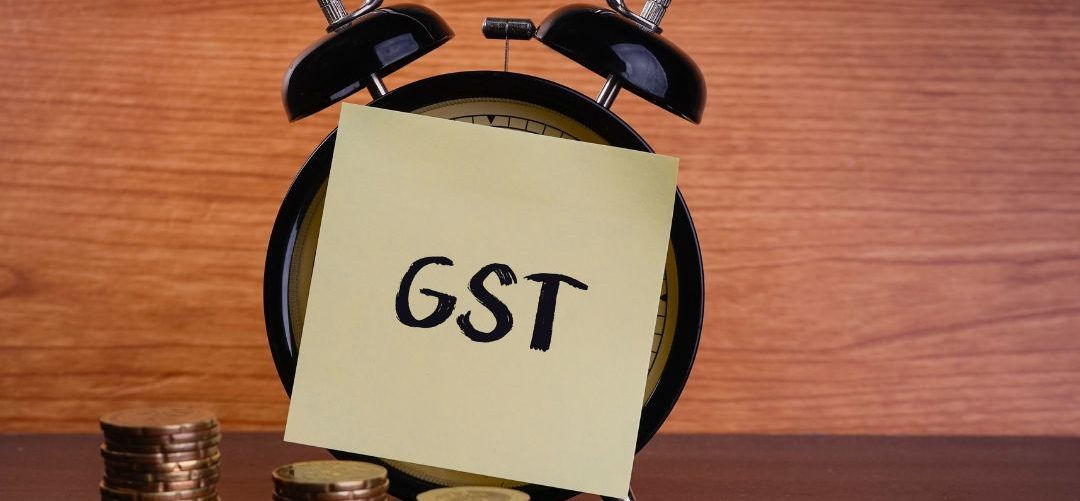To prevent company harassment, the Central Board of Indirect Taxes and Customs (CBIC) will shortly issue a thorough standard operating procedure (SOP) for delivering summons and notifications under the goods and services tax (GST) system.
According to authorities, the new SOP would also allow the board to closely monitor the GST inquiry, including its progress and the line of investigation chosen, making officials more responsible and the process more transparent.
They said that in the lack of a defined code of conduct for officials, it has been difficult for the department to draw the line. “We don’t have any SOP under the GST for summons and notices, and these are two unpleasant things,” stated one unnamed official. “Once an SOP is in place, we may investigate any violations.”
The draught is nearly complete, according to the official, who said that comprehensive conversations have taken place with field formations and stakeholders, including companies.
In recent months, there has been an increase in the number of tax notifications issued by GST inspectors, calling CXOs, finance heads, and even chief executives to appear in person for a hearing. Businesses were also subjected to numerous summonses.
According to the source, the revised SOP would also prevent notices from overlapping between central and state jurisdictions. Businesses have complained that they may receive many letters on the same issue, making compliance difficult and time-consuming. CBIC has sent circulars to authorities in this respect on a regular basis.
In May, the board directed its field formulations that tax authorities would face action if a taxpayer was compelled to make a voluntary payment of tax during a search and that recovery of dues should take place after an adjudication order is issued, rather than during searches.
The action came in response to an increase in complaints about tax authorities using force and pressure to make “recoveries” during searches or inspections.

